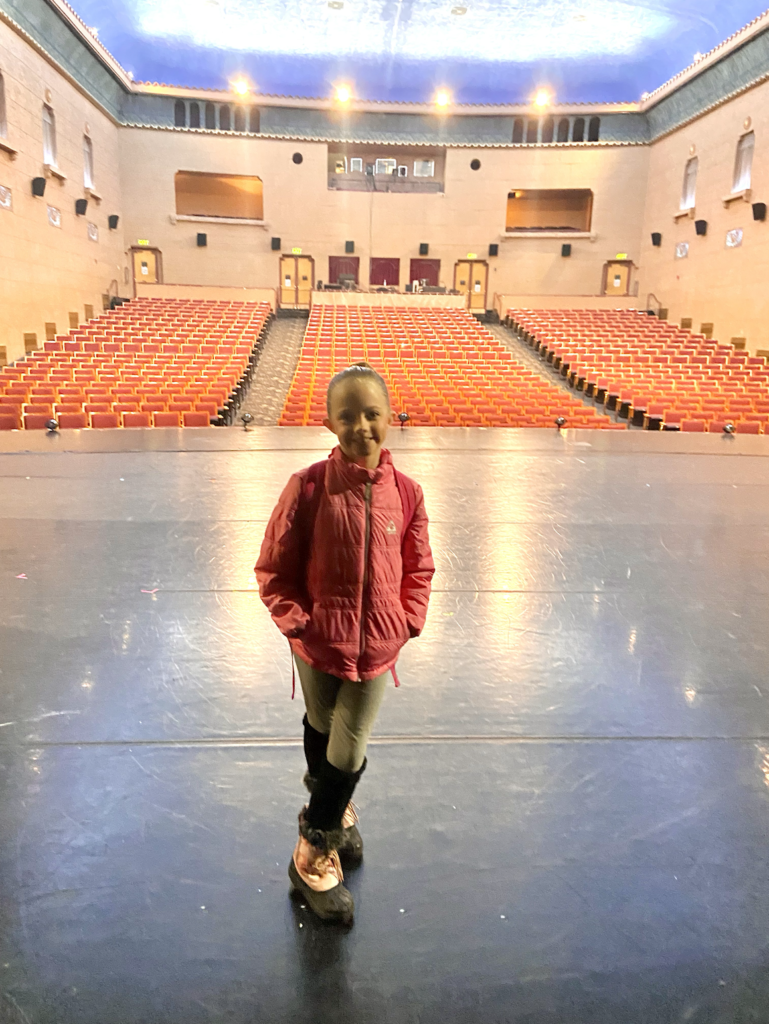
Teaching Eighth and Sixteenth Notes
Once a student has a pretty good grasp on basic rhythm, they are probably ready to move onto some trickier concepts – eighth notes, sixteenth notes, dotted notes, etc. Now what??
Understanding Meter
When teaching eighth notes, sixteenth notes, dotted notes, triplets, etc., I think it is good to make sure the student understands meter. Aside from knowing that 3/4 time means that there are three counts in a measure and the quarter note gets one count, can your student feel the strong and weak beats in each measure?
I just came across a great game on Susan Paradis’ Piano Teacher Resources blog – this would be a wonderful game to play at a group or performance class to get your students thinking about and listening for meter.
For a crash course (or a great review) on simple vs. compound meter, check out this lesson on musictheory.net.
Counting Out Loud
I have always believed that counting out loud is so important when learning rhythm. I have had many a student who has struggled playing the correct rhythms during their lesson, but when they start counting out loud almost everything gets fixed. I know there are many ways to count (as seen in our poll this week!). For eighth and sixteenth notes, I personally prefer the “1 and 2 and 3 and” and “1 e and a 2 e and a 3 e and a” method. I think counting like this can serve as a good reminder of the main beats in the measure, helping the student to remember that all of the notes must fit into the overall rhythm and meter of the measure.
Practicing with the Metronome
A great help in learning this and playing the correct rhythm is practice with the metronome. Once a student can play the correct rhythm while staying with the beat of the metronome, they probably have a pretty good grasp on the rhythm.
What fun ways have you come up with to teach rhythm to your students?



 Previous Post
Previous Post Next Post
Next Post


















~I do the lego game from Jen's blog all the time with students. I like to combine them with the rhythm charts from Wendy Stevens blog. I have the student build a line at a time from the chart, then we set the chart aside and clap or tap and count the "lego rhythms" out loud. This has worked so well for learning syncopation and dotted rhythms, because they see the extra "eighth" note lego right next to the quarter and aren't tempted to skip over the dot or tie.
~With competitive boys, I've had them race to see who can build a rhythm line out of legos the fastest. They love it!
~Another way I've used Wendy's rhythms is with partner lessons or in between sibling's lessons. With a group of 3, me and the 2 students, I assign one of the following to each of us: clap, tap, or stomp. We choose a line for all of us to read and individually do our motion. Then all three of us do the different motions together for the same line, ie. me clapping, student #1 tapping on the keyboard lid, and #3 stomping his foot. This makes the students pay attention to the rhythm instead of just copying what the other person is doing. Then, we reassign the motions for the next line or rhythm.